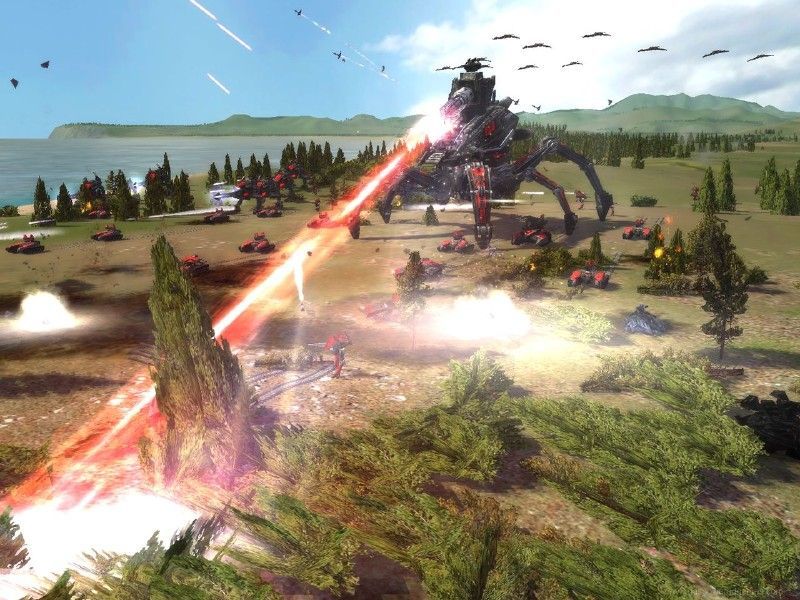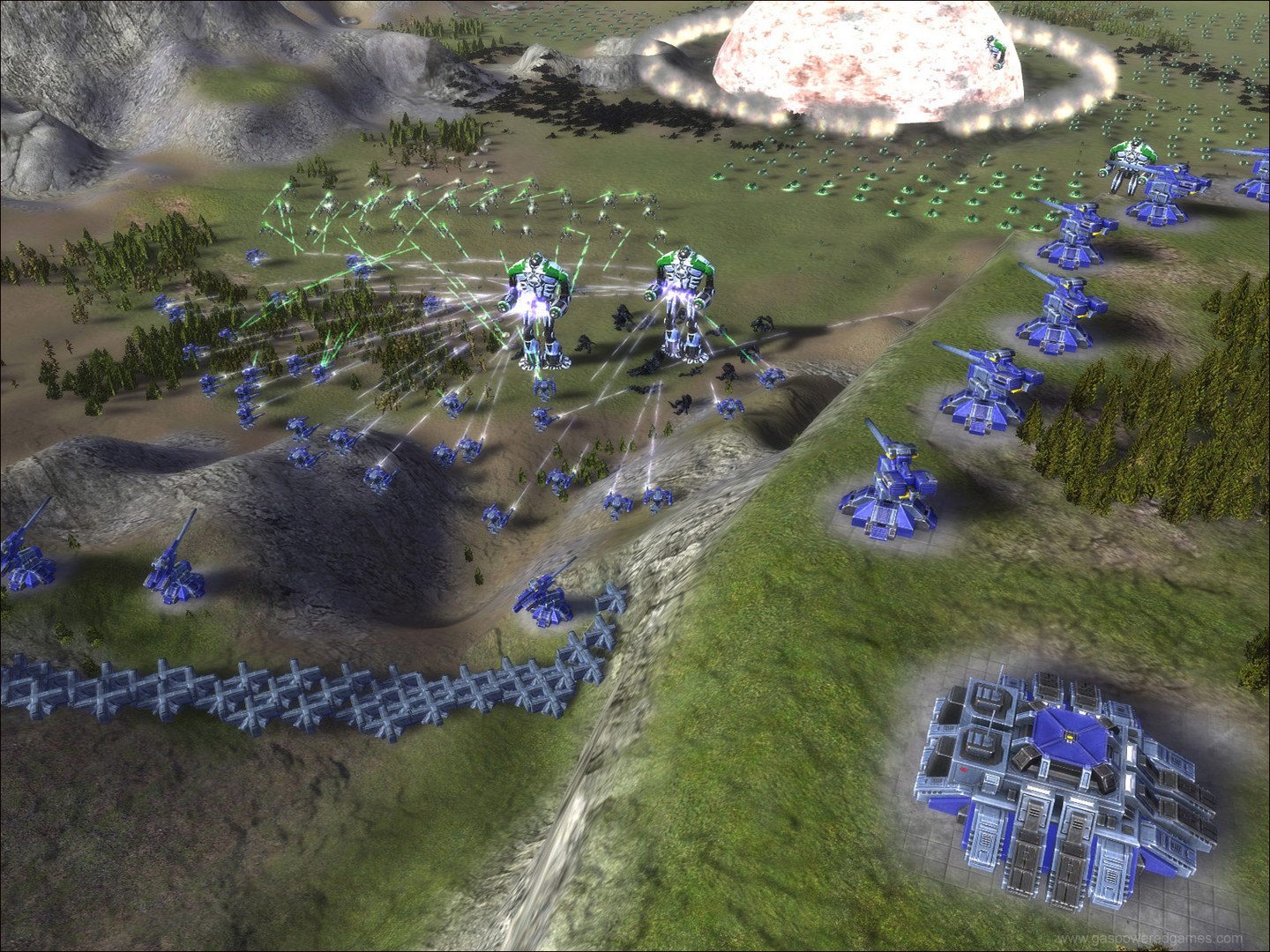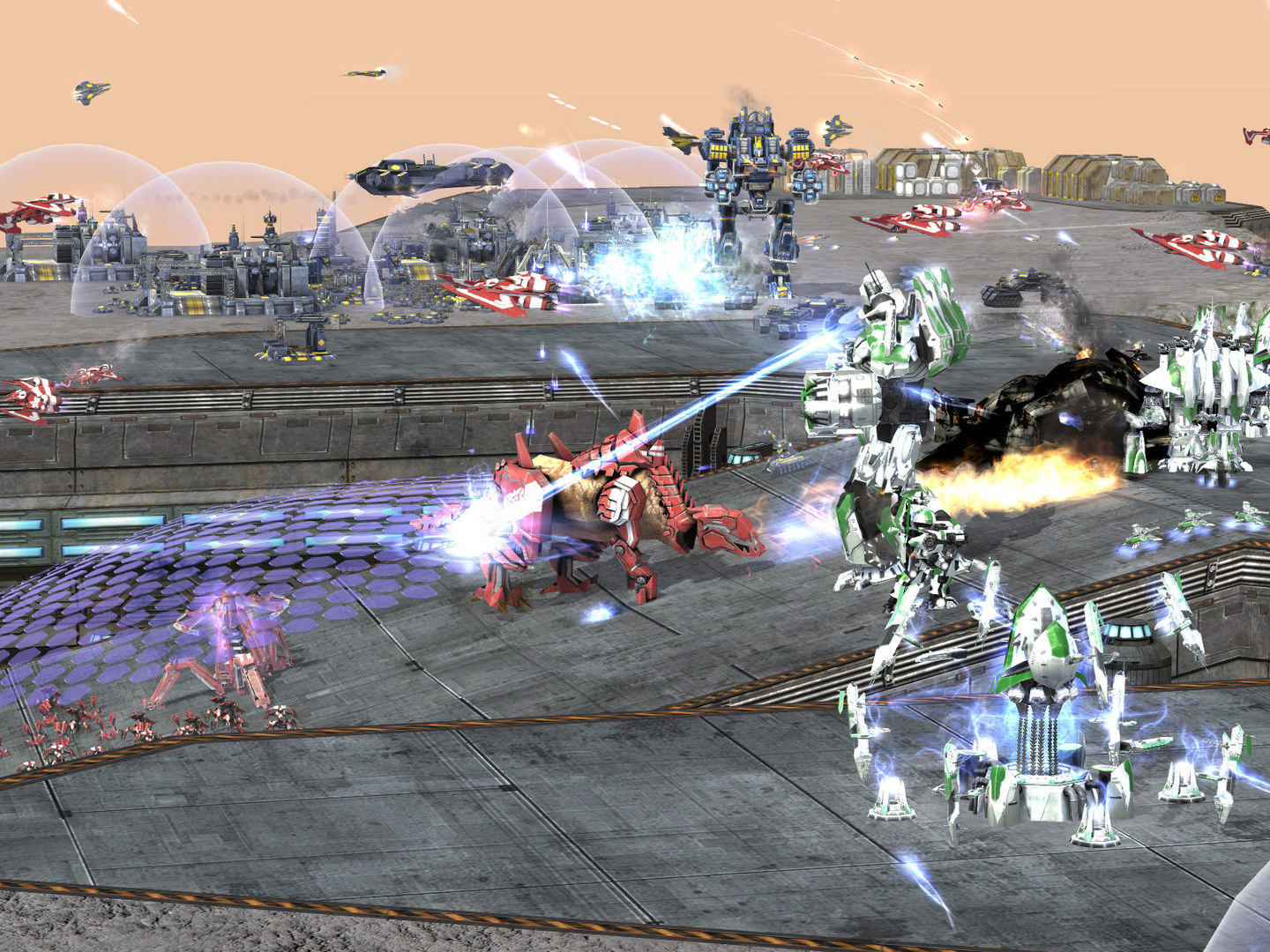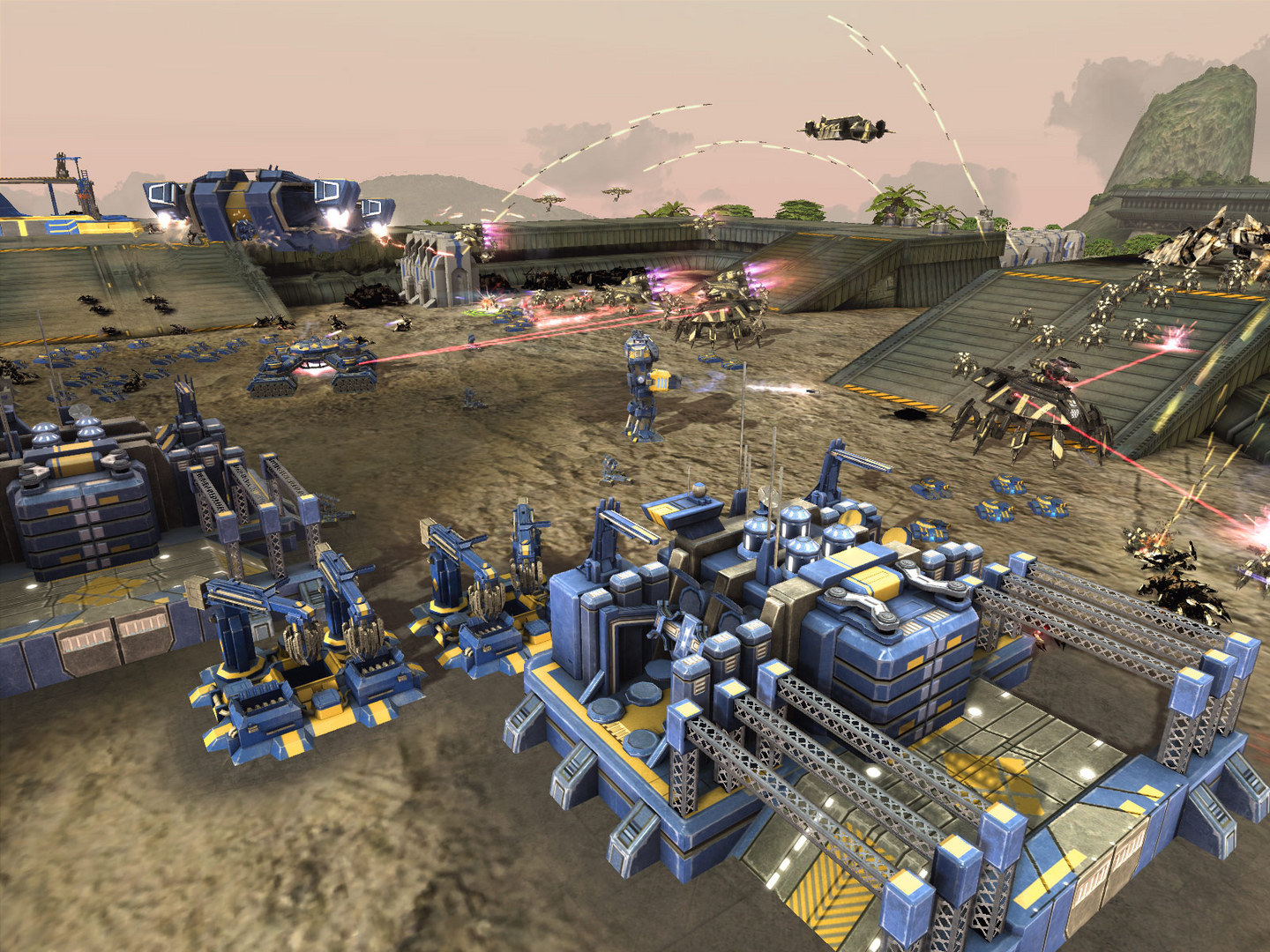With the real-time strategy series Supreme Commander coming to GOG.COM, we thought it was the perfect time to highlight the creator of the series, Chris Taylor, as well as dive into their journey through the world of video games, while also highlighting the amazing RTS titles he helped create.Born in British Columbia, Chris got his start in the game industry in the late 1980s with Distinctive Software. The first game he was a part of was the baseball title Hardball II, but it wasn’t until his move to Seattle, Washington in 1996 that his path really started to become clear.

It was at that time, with Cavedog Entertainment, that Chris got the chance to stretch his creative legs as the designer and project lead for the iconic RTS Total Annihilation.
Total Annihilation was a huge success, even though it had to compete with one of the titans of the industry, Age of Empires. It even won Gamespot’s
Game of the Year award in 1997.
After his time with Cavedog Entertainment, Chris went on to found Gas Powered Games in 1998.
Chris Taylor, Gas Powered Games, and a look at the amazing Supreme Commander
Taylor hit the ground running with Gas Powered Games. First, he and his team created the fun action-RPG title
Dungeon Siege in 2005, but the real star of Gas Powered Games was Supreme Commander, released in 2007 along with its sequel, Supreme Commander 2 from 2010.

The
Supreme Commander series is considered the spiritual successors to Total Annihilation but due to rights issues, Chris Taylor and his studio could never completely come out and state that. Even so, the game is heavily influenced by it.
Like in Total Annihilation, Supreme Commander has you playing as a powerful singular unit. This unit, called an Armor Command Unit (ACU), takes lead over one of three factions and each faction has its own storyline consisting of six missions.
Balancing real-time strategy with micromanagement
Both of these real-time strategy titles offer a unique look at resource gathering, something RTS fans are sure to be familiar with. To keep this part of the games’ experiences straightforward, these titles only focus on two resources. In Total Annihilation, those two resources are Energy and Metal, while
Supreme Commander uses Energy and Mass.
 Supreme Commander
Supreme Commander also does a great job of dealing with tedious micromanagement issues by streamlining how you control units. While you can individually decide what a unit is doing, you can also set up a queue of actions, allowing units to go about their business while you continue to manage things elsewhere.
Another thing Chris wanted to make sure of when creating
Supreme Commander regarded the scope of the game.
He believed that many titles at the time were closer to “Real-Time Tactics” games, in that they didn’t really get the scope right. That’s one reason why the title is so epic in scale, to help really drive home the fact that it was a strategy game and that players’ choices would echo throughout a large, engaging map.
Upon release, the game was a huge hit with fans and critics alike. Critics praised the title for its unique map that offered seamless strategic zoom and its dual-screen mode. Even the story, not typically a huge selling point in RTS titles, was acknowledged for being thought out and engaging.

Now available on GOG.COM
Overall, Chris Taylor and the team at Gas Powered Games knocked it out of the park with this iconic RTS title.
Supreme Commander and
Supreme Commander 2 are still totally worth playing, and now, with both games being released on GOG.COM, it’s the perfect time to dive in for the first time or play it again if you love real-time strategy titles!
What do you think? Plan on checking out the Supreme Commander series on GOG.COM? Let us know down in the comments!  It was at that time, with Cavedog Entertainment, that Chris got the chance to stretch his creative legs as the designer and project lead for the iconic RTS Total Annihilation. Total Annihilation was a huge success, even though it had to compete with one of the titans of the industry, Age of Empires. It even won Gamespot’s Game of the Year award in 1997.After his time with Cavedog Entertainment, Chris went on to found Gas Powered Games in 1998.
It was at that time, with Cavedog Entertainment, that Chris got the chance to stretch his creative legs as the designer and project lead for the iconic RTS Total Annihilation. Total Annihilation was a huge success, even though it had to compete with one of the titans of the industry, Age of Empires. It even won Gamespot’s Game of the Year award in 1997.After his time with Cavedog Entertainment, Chris went on to found Gas Powered Games in 1998. The Supreme Commander series is considered the spiritual successors to Total Annihilation but due to rights issues, Chris Taylor and his studio could never completely come out and state that. Even so, the game is heavily influenced by it.Like in Total Annihilation, Supreme Commander has you playing as a powerful singular unit. This unit, called an Armor Command Unit (ACU), takes lead over one of three factions and each faction has its own storyline consisting of six missions.
The Supreme Commander series is considered the spiritual successors to Total Annihilation but due to rights issues, Chris Taylor and his studio could never completely come out and state that. Even so, the game is heavily influenced by it.Like in Total Annihilation, Supreme Commander has you playing as a powerful singular unit. This unit, called an Armor Command Unit (ACU), takes lead over one of three factions and each faction has its own storyline consisting of six missions.  Supreme Commander also does a great job of dealing with tedious micromanagement issues by streamlining how you control units. While you can individually decide what a unit is doing, you can also set up a queue of actions, allowing units to go about their business while you continue to manage things elsewhere.Another thing Chris wanted to make sure of when creating Supreme Commander regarded the scope of the game. He believed that many titles at the time were closer to “Real-Time Tactics” games, in that they didn’t really get the scope right. That’s one reason why the title is so epic in scale, to help really drive home the fact that it was a strategy game and that players’ choices would echo throughout a large, engaging map.Upon release, the game was a huge hit with fans and critics alike. Critics praised the title for its unique map that offered seamless strategic zoom and its dual-screen mode. Even the story, not typically a huge selling point in RTS titles, was acknowledged for being thought out and engaging.
Supreme Commander also does a great job of dealing with tedious micromanagement issues by streamlining how you control units. While you can individually decide what a unit is doing, you can also set up a queue of actions, allowing units to go about their business while you continue to manage things elsewhere.Another thing Chris wanted to make sure of when creating Supreme Commander regarded the scope of the game. He believed that many titles at the time were closer to “Real-Time Tactics” games, in that they didn’t really get the scope right. That’s one reason why the title is so epic in scale, to help really drive home the fact that it was a strategy game and that players’ choices would echo throughout a large, engaging map.Upon release, the game was a huge hit with fans and critics alike. Critics praised the title for its unique map that offered seamless strategic zoom and its dual-screen mode. Even the story, not typically a huge selling point in RTS titles, was acknowledged for being thought out and engaging.
